Meet Turo – a vehicle sharing platform. Connecting an ecosystem of vehicle owners to a community of short-term vehicle rentals. An example of the sharing economy and how a digital platform is enabling the exchange of new forms of value in the Asset Intensive realm.
From Uber to Turo, and in Internet Service Provision, as well as Electricity Generation shared platform business models have become commonplace in the age of the Fourth Industrial Revolution. While each of these examples vary considerably in the degrees of complexity around their organisation, delivery and, consumption - what they have in common is the concept of a two-sided market, where buyers and sellers come to together to exchange value in one form or another. What they have in common is, that it is only through leveraging digital infrastructure, cyber-physical systems and digital intelligence that they can create new forms of value, to exchange between the supplier ecosystem and the consumer community.
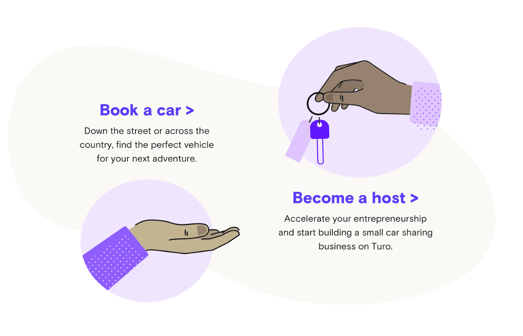
The paradigm for these two-sided markets have existed since the first bazaar or market-square came into existence. What grew up around this model was the idea of local community of consumers who used their collective ability to assure quality and consistency otherwise known as the market. And the suppliers into the marketplace formed an ecosystem of aligned interests and shared values around the delivery of goods and services – often referred to as value chain.
Over the last decade or so we have witnessed the evolution of enterprise value chains – fuelled by the adoption disruptive technologies, new innovative approaches, and substantial amounts of venture capital – into value webs supported by partner ecosystems.
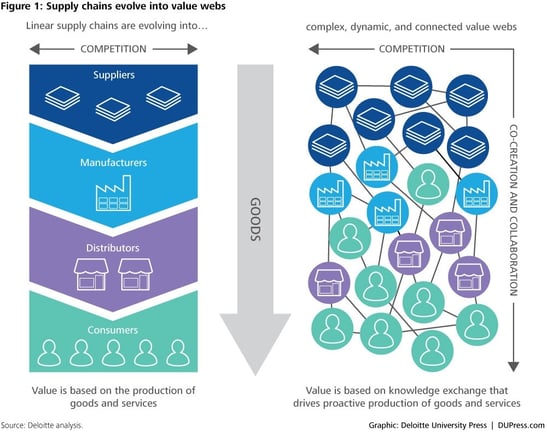
The supplier ecosystems of Turo, ISP’s and Generation referenced above can only come about because the disaggregation and reaggregation of the how value is constructed and exchanged. The traditional enterprise value chain, based on the production of goods and services has its place. What we are witnessing though is the re-formation of value based on knowledge exchange, that drives proactive, collaborative, and shared production of goods, services and solutions.
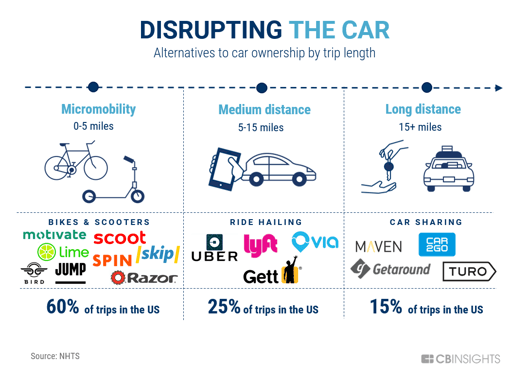
This re-formation is enabling new forms of value to be created across the spectrum of mobility for both consumers and businesses alike, as well as for the transportation of goods from one location to another, and utilising assets such as cars. It is having substantial downstream impacts on entire industries as well as access to the means of production for business – substantially impacting the bottom-line.
This re-formation of how value is created applies in equal measure to the collaboration within an enterprise, and the delivery of services for Line of Business customers. This approach provides a new way to consider delivering internal value as well as external value.
While a useful model for enabling more effective innovation and collaboration is not a “one-size-fits-all” model for ever enterprise. There are notable successes using this approach, as well as notable failures. GE had developed a best-in-class internal digital capability but fell flat trying to take that same capability to service the external market as GE Digital leveraging the Predix platform they had developed.
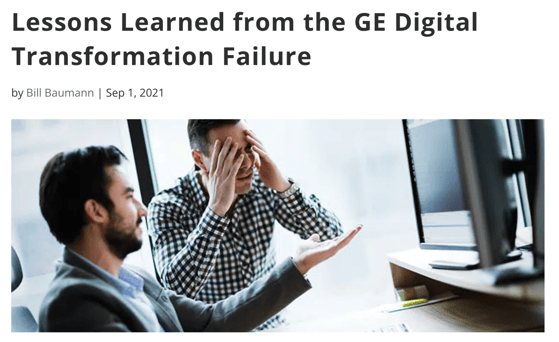
In shared electricity generation, consumers can play a role in storage and potentially generation – using solar and wind, along with batteries. As we move beyond pure supply and into a collaborative model for generation and load management, communities will form around shared interests. Some will take the form of co-operatives, some will act independently, and others will sit somewhere in between, what they will have in common is that they will be looking to electricity supply companies to provide an intelligent supply and generation platform – that goes well beyond smart metering as an example.
The digital business model not only relies on partner ecosystems to collaborate around supply, it also relies on the active engagement of communities bound together by a common interest in helping the ecosystem be successful, so that collectively there are shared rewards. The form and nature of these communities will vary by interest, industry, and platform. However, they are pivotal to the adoption of a platform business model, as a way to unlock digital value and business outcomes.
An example of collaborative ecosystem that has come together to support a community that was recovering from a devasting earthquake, is Christchurch.
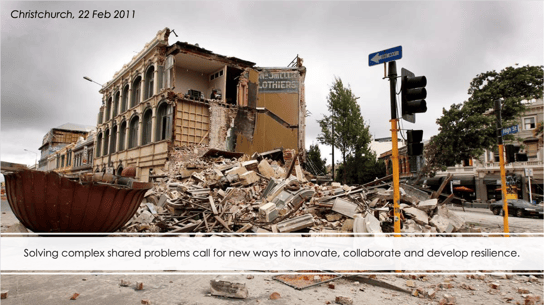
The Christchurch City Council used these events to embrace a new way of think about the urban environment and developing greater resilience. This short video shows an example of an ecosystem at work, leveraging a smart-city platform model.
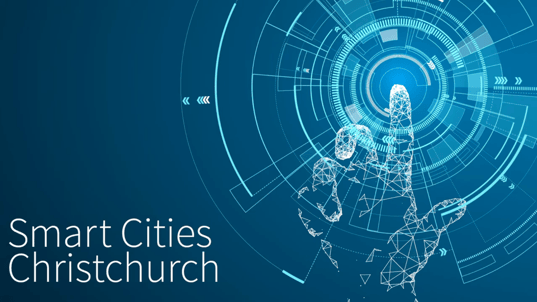
Another example are how we move to Net Zero Carbon emissions with Electric Vehicles. The shared imperative of reducing CO2, is driving the adoption of EV’s. However, the changes in infrastructure and the changes in the mode of operation of vehicles, requires both the disaggregation of the value chain and re-formation across an ecosystem of provides – as depicted this diagram:
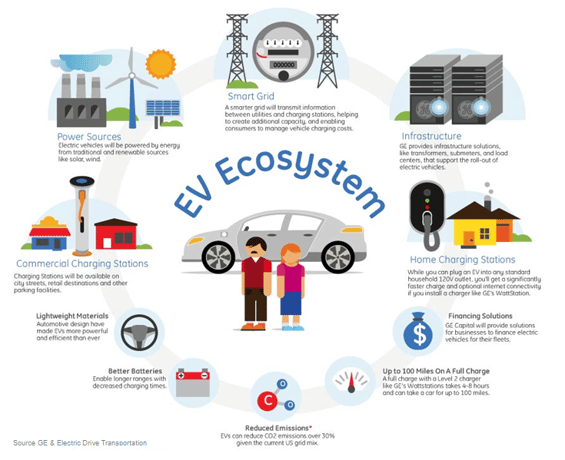
In this series on unboxing digital transformation, we’ve unpacked (or unboxed) those key concepts that are fundamental to innovation in this decade.
The 4th Industrial Revolution is not an abstract concept, it is something that we are encountering day-by-day and hour-by-hour, minute-by-minute. Across in our personal life, professional life - in healthcare, in how we eat, and in how we are influenced to elect our leaders. Put in stark terms: Mobile device usage is now directly impacting mental health, rates of suicide and levels of obesity.
Contrast this with the how these devices keep us safe from disease through contact-tracing, enhance well-being by monitoring exercise levels, heart rate and sleep, as well as enable us to express ourselves through mediums like TikTok. If the lines are forever blurred, then these macro-level forces are set to impact how we innovate both at work and at play. Irrespective of your industry the enablers and business model shifts are the same.
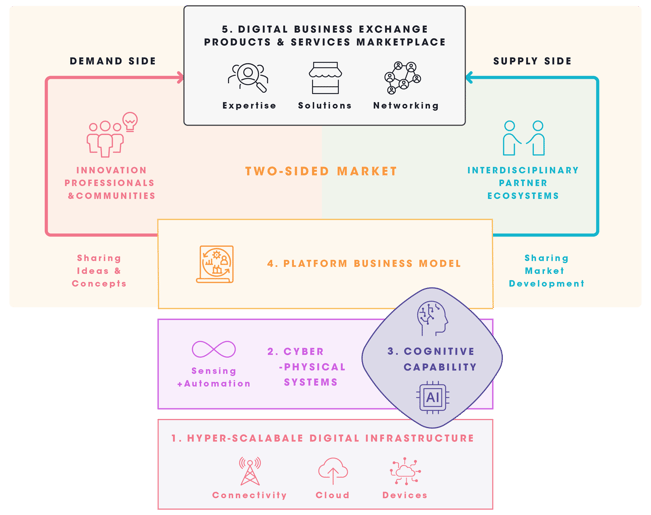
The technological enablers…
Hyper-Scalable digital infrastructure. The rise of on-demand cloud computing, low latency connectivity and access to a vast array of geographically dispersed sensors, is changing what’s possible in realms where high levels of capital investment were a prerequisite.
Cyber-Physical systems. The ability for systems to sense, understand and respond in the physical realm - such as in self driving cars - will change the business models of industry.
The Cognitive paradigm shift. Artificial Intelligence and the 2nd Machine age is paradoxically leading to a better quality of life and even greater inequalities.
The new business models that leverage these enablers…
Business as a Platform. This business model is creating whole new ways to deliver business value.
And lastly, in this episode, how interdisciplinary ecosystems, communities of innovators and the shift in the exchange of value, enables the digital business platform.
NASA Astronaut Mike Mullane shares how His experiences in high-pressure situations have given him a unique perspective on being agile while managing risk.
The modern CFO must now leverage their understanding and use of technology to help drive business strategy. They need to be business-focussed technologists.
James Slezak helped The New York Times innovate and adopt a digital business model to invest and prosper in the face of disruption.
Please complete this form if you're ready to take part in the complimentary program of on demand talks, interactive workshops and LIVE ideation hackathon - as well as access useful Digital Transformation frameworks, methodologies and resources.